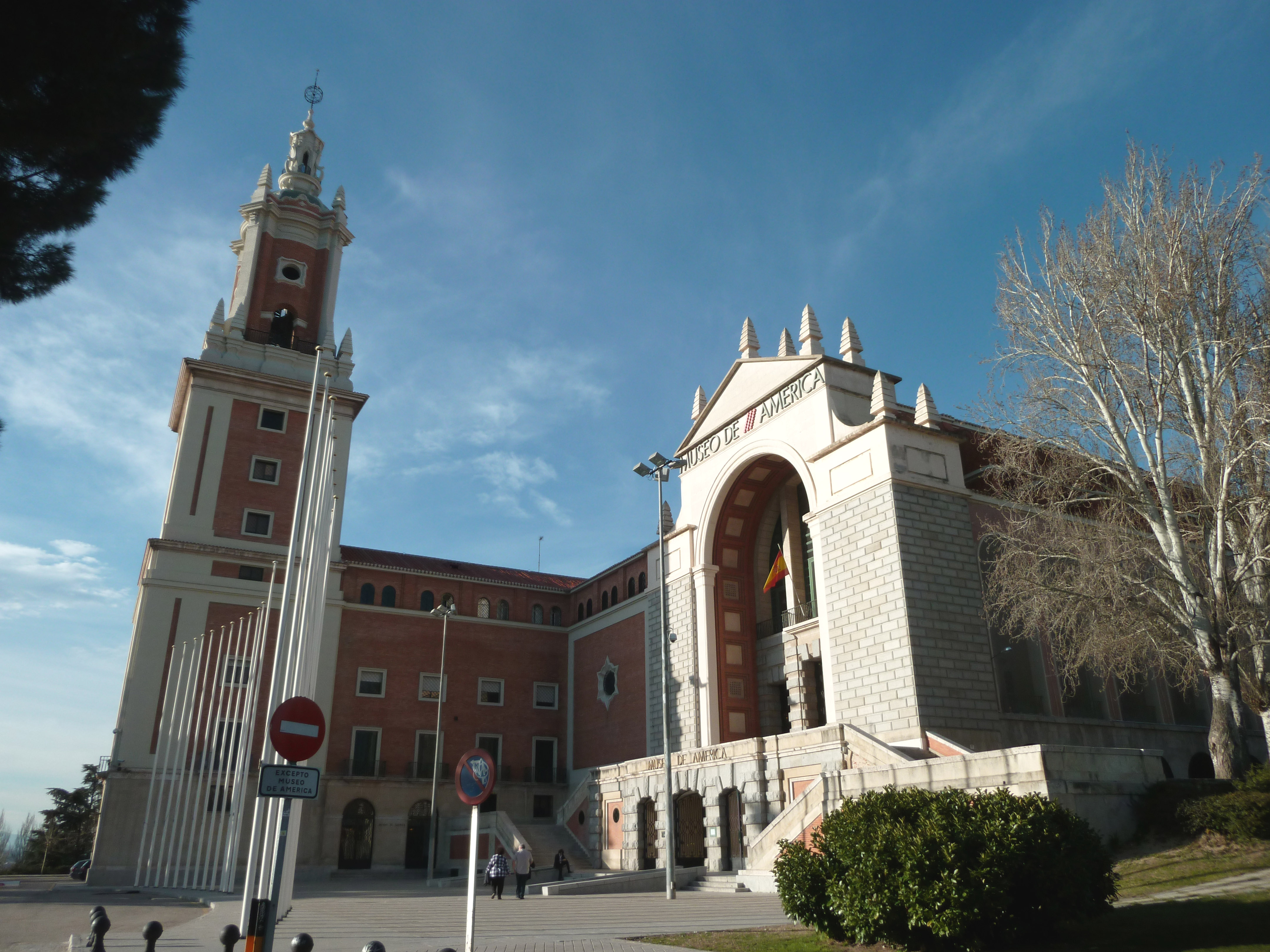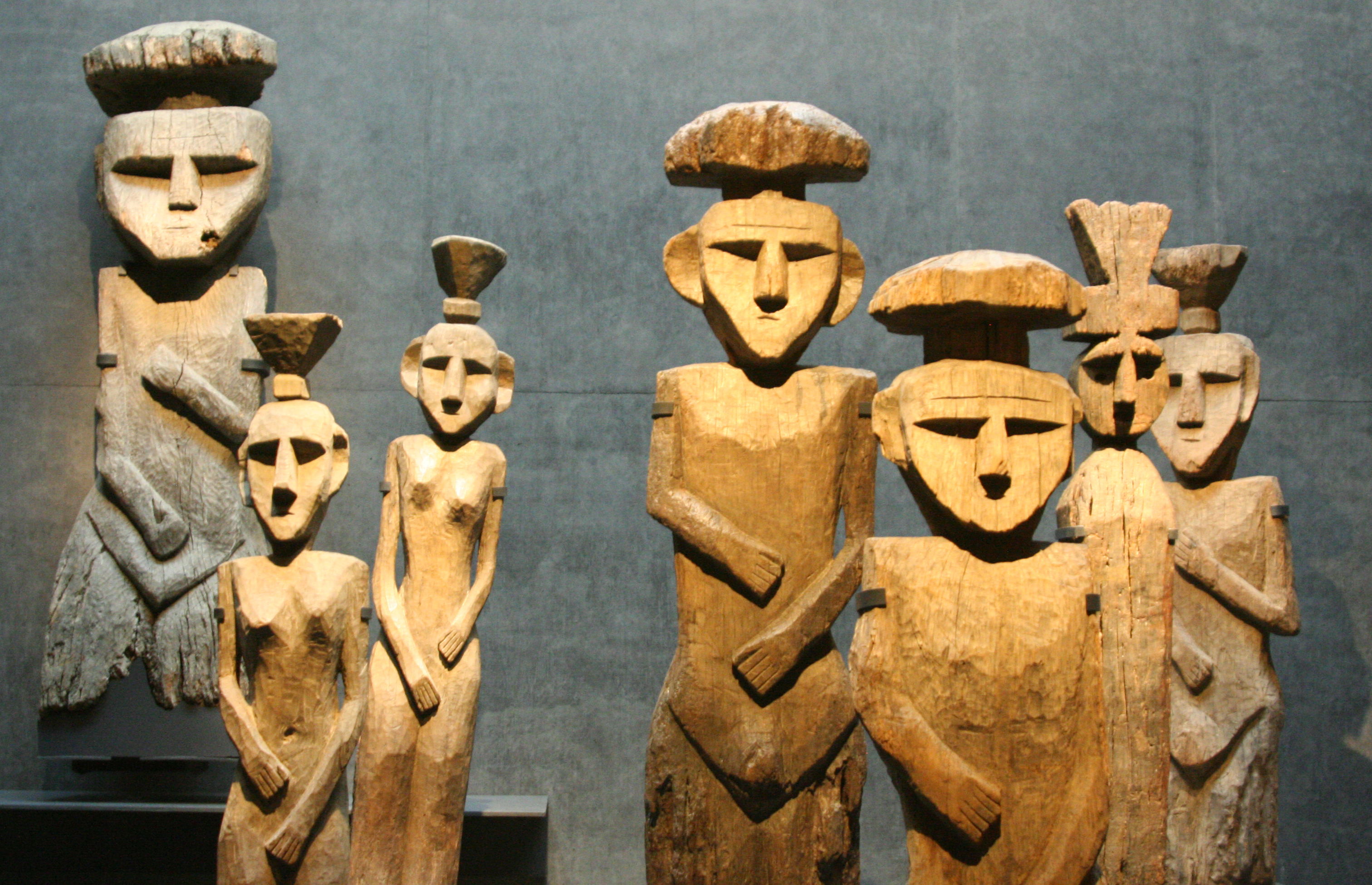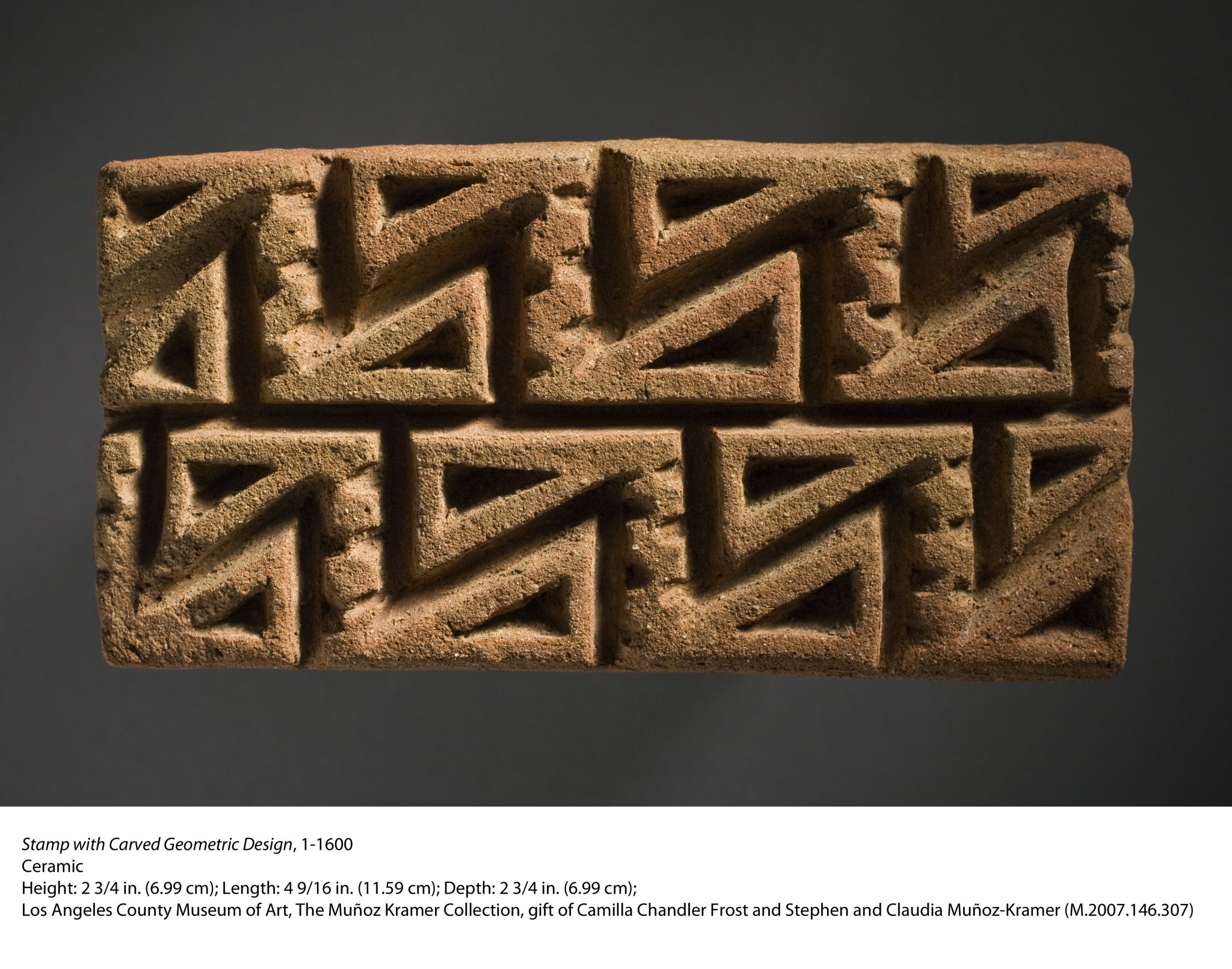Around 1325 CE, southward migrating Mexicas or “Aztecs” came upon an island in Lake Texcoco, located in the highlands of Central Mexico. On this spot, they consecrated a temple and founded their capital city — the legendary Tenochtitlán — from which they initiated a wave of imperial conquests throughout Mesoamerica. Aztec civilization flourished for nearly two hundred years before falling to the might of the Spanish, led by Hernán Cortés (1485-1547 CE), in 1521 CE. Despite their remarkable innovations in engineering, agriculture, and architecture, many remember the Aztecs solely for their bloody rituals of human sacrifice. This summer, Pointe-à-Callière, Montréal Archaeology and History Museum in Montréal, Canada presents a major international exhibition, The Aztecs, People of the Sun, which offers glimpses into the lost world of a culture that reigned over much of what is present-day Mexico. In this interview, James Blake of Ancient History Encyclopedia (AHE) speaks to Ms. Christine Dufresne, Project Manager at Pointe-à-Callière, about the exhibition and the finer points of Aztec civilization.



